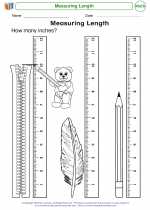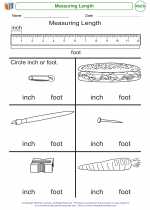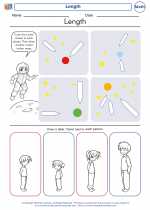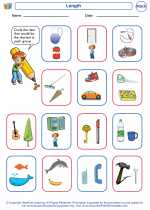Measuring Length
Measuring length is the process of determining the distance between two points. In kindergarten, children are introduced to the concept of length and learn how to measure objects using non-standard units and later with standard units such as inches, feet, or centimeters.
Non-Standard Units
Children start by using non-standard units such as blocks, paper clips, or their own hands to measure the length of objects. They learn that different objects can have different lengths and practice comparing and ordering objects based on their length.
Standard Units
As children progress, they are introduced to standard units of measurement such as inches, feet, and centimeters. They learn how to use rulers, yardsticks, or measuring tapes to measure the length of objects in a more precise and standardized way.
Comparing Lengths
Children also learn to compare the lengths of different objects using the concepts of longer, shorter, and equal lengths. They practice arranging objects in ascending or descending order based on their length and develop a basic understanding of measurement and comparison.
Practical Applications
Measuring length is a fundamental skill that children use in various real-life situations, such as measuring the length of a room, a piece of furniture, or a picture frame. It helps them develop spatial awareness and an understanding of size and distance in their environment.
Overall, measuring length is an essential math skill that lays the foundation for more advanced concepts in geometry and measurement as children progress through their education.
.◂Math Worksheets and Study Guides Kindergarten. Measuring Length

 Coloring Worksheet
Coloring Worksheet
 Worksheet/Answer key
Worksheet/Answer key
 Worksheet/Answer key
Worksheet/Answer key
 Worksheet/Answer key
Worksheet/Answer key
